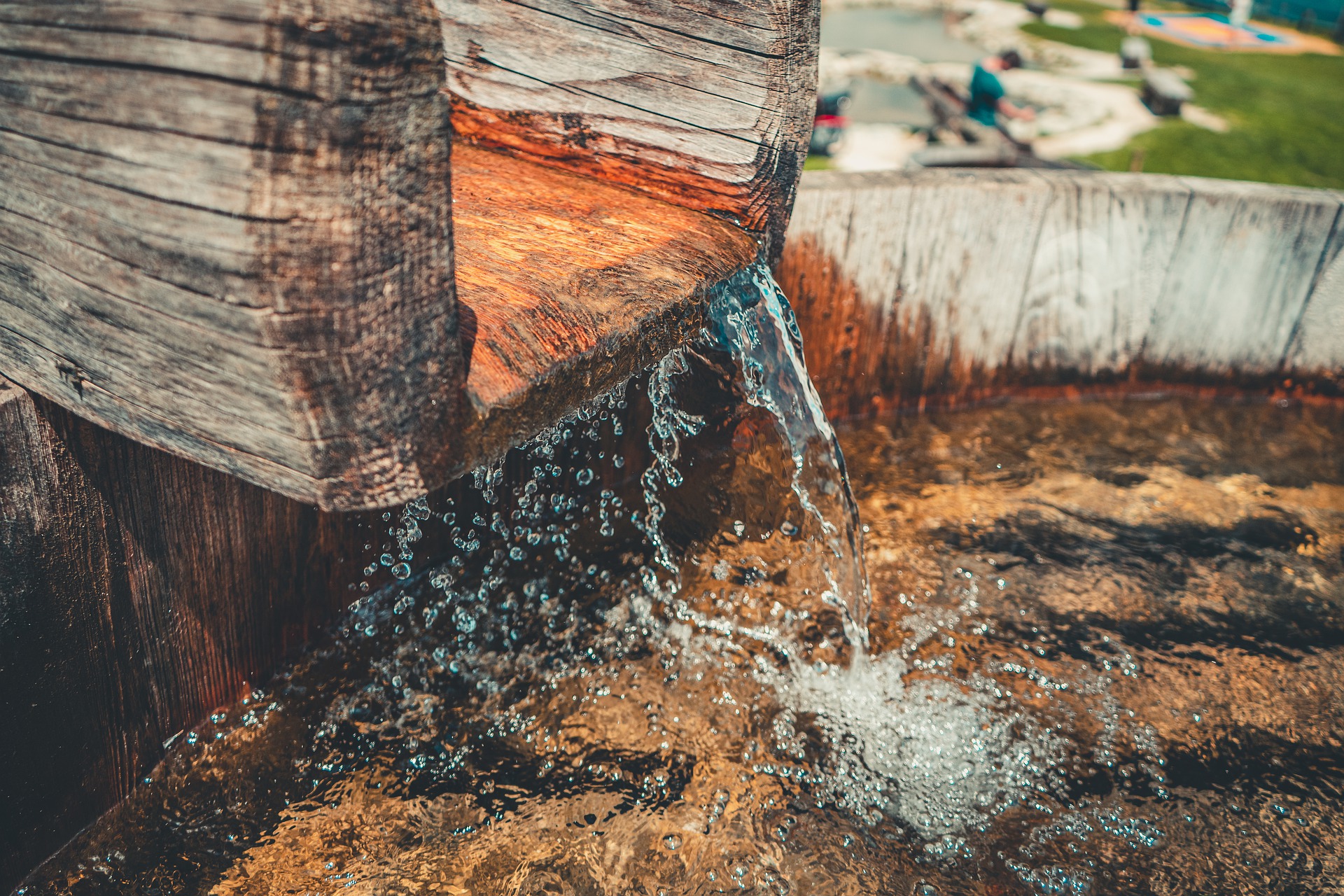
Water
Home > Learn > Self-Reliance > Water
Water is a necessity for life. If one desires to be self-reliant, this must be addressed. Water is needed for humans, animals, and plants. Various uses have differing requirements. Drinking water is the most important from a self-reliance standpoint. While one could theoretically store up thousands of gallons of drinking water, it would be extremely impractical and there would likely be issues with shelf life and maintenance. The more practical, effective, and useful option is to have a continuous source of drinking water available. While one could technically drink straight from a creek or well, it is very likely that these sources would have contaminants that you do not want to ingest. The most common option is to focus separately on collecting and on filtering.
Collecting water is commonly done through either direct gathering or storage collection. Direct gathering would include a well, a creek, a pond, a spring, etc. Storage collection involves some sort of storage system for collecting available water. This can be done from one of the sources listed previously but is more often done through rainwater collection. Keep in mind the materials you are using, as some storage containers may contaminate your water as will some roofing materials if gathering roof runoff. Regardless, once you have a storage system in place, you have both the availability of what you’ve stored and the means to store more in the future.
The next step is filtration. There are systems you can make yourself out of readily available resources, stand alone filtration options, chemical means, and more. Whatever your choice in this matter, be sure to have enough materials or a large enough system that you will be taken care of for extended periods of time if necessary. For example, if you choose a stand alone filtration system (probably the most common choice) such as a Berkey or ProOne filter, be sure to have spare filters in stock. If you actually needed to rely on this system, you would only be able to for as long as your filters last. If you only have enough life in your filters to last another few weeks, your system is only good for a few weeks. This is typically not nearly enough for most people’s goals of self-reliance.
For animals and plants, the requirements are less stringent. While you don’t want to poison them, there is not as much of a need for filtration in most cases. If rainwater is gathered, it can typically be directly used. In fact, the collected water is typically even better for your plants than utility water due to the lack of chlorine, fluoride, trace pharmaceuticals, metals, etc. This is where location is good to consider. If you desire to water a garden with collected rainwater, try to position your collection and storage close to the garden. If you desire to water your animals with collected water, then position a storage system in the vicinity of your watering containers. There are also more options to consider for plants and animals that don’t fully translate to human use. Having a pond on the property is a good example. While a pond alone won’t satisfy human needs without filtration, it will often satisfy the needs of animals and could do the same for plants. Gray water (water from the house that is not sewage) can also be a source of water for plants especially, granted that one must be cautious about what chemicals were used in the water. If you ran bleach down a drain that is tied into a gray water system, then it would definitely not be advisable to use on plants. Even when not using harsh chemicals in the house, you will need to research methods and concerns before planning your set up. Some permaculture techniques such as swales can provide water for plants though it doesn’t necessarily help animals or humans. A swale system is essentially a ditch dug out in line with the contour of the property and the excavated dirt is piled up just below the ditch making a berm that rises up behind the ditch. The idea is that when it rains, the water is stopped at these berms, collected in the ditches, and slowly soaks into the ground from there instead of just running off the surface of the ground with little or shallow saturation. This creates soil that is much more well watered than the surrounding area without any active watering or water collection.